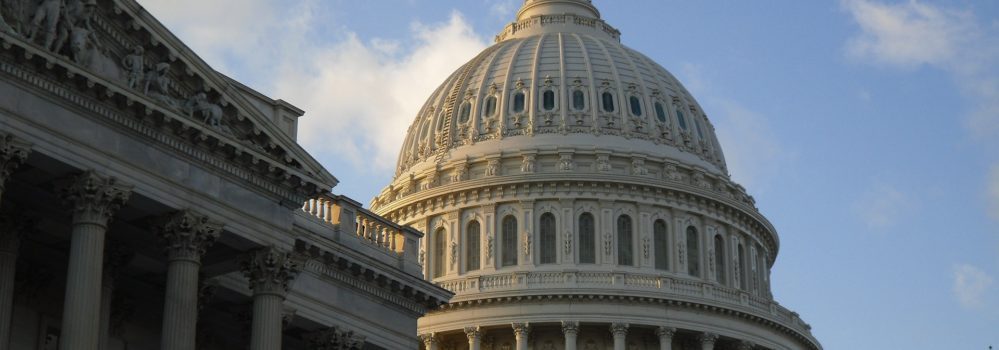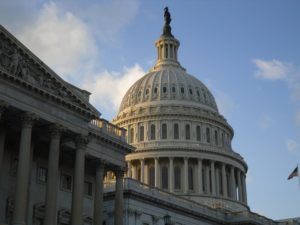
Infrastructure, Build Back Better, and their Impact on Estuaries
By: Naomi Hill
The Infrastructure Investment and Jobs Act is “the single largest investment in water that the federal government has ever made”.
This act was signed into law last month on November 15th, signaling a national prioritization of public and environmental health as well as providing a much-needed financial boost for water protection and restoration efforts around the country.
In total, the Environmental Protection Agency (EPA) was awarded nearly 2 billion dollars to support environmental programs and management which will be distributed among various geographic regions “in equal amounts for each of fiscal years 2022 through 2026”.
 The Chesapeake Bay, was awarded $238,000,000 of this 2 billion, making it the second largest regional investment for the EPA under this act.
The Chesapeake Bay, was awarded $238,000,000 of this 2 billion, making it the second largest regional investment for the EPA under this act.
Currently, the EPA’s Chesapeake Bay Program receives around $90 million annually for their restoration efforts. The Infrastructure Act would add an additional $47.6 million each year for the next five years, raising funding to “50 percent higher than current levels”.
Altogether this equates to a $138 million budget for the Chesapeake region this upcoming year, which comes at “at a pivotal time for the future of the Bay”.
Another $132 million was designated for the National Estuary Program grants which consists of 28 sites that have been designated “estuaries of national significance”.
While the Infrastructure Investment and Jobs Act has become law, another opportunistic piece of legislation is making its way through Congress. The Build Back Better Act passed the House of Representatives on November 19th and includes provisions for “the largest effort to combat climate change in American history”.
Under Section 70501 which focuses on “Coastal and Great Lakes Restoration”, The National Oceanic and Atmospheric Administration (NOAA) will be 9.5 billion dollars “…for the purposes of restoring a marine, estuarine, coastal, or Great Lake habitat; or providing adaptation to climate change, including by protecting, restoring, or establishing ecological features that protects coastal communities from sea-level rise, coastal storms, or flooding; or designing or implementing blue carbon projects.“
 To put this large number into perspective, the budget for the entirety of NOAA’s operations in the 2021 fiscal year was $5.65 billion.
To put this large number into perspective, the budget for the entirety of NOAA’s operations in the 2021 fiscal year was $5.65 billion.
If the Build Back Better Act passes as it stands, NOAA will be receiving funding nearly twice the size of their annual budget to use over the next 10 years, specifically for coastal restoration and climate change resilience efforts.
Additionally, the Bill includes an additional 98 million dollars for NOAA to use to carry out “the provisions of the National Marine Sanctuary Act and the Coastal Zone Management Act for construction, maintenance, and renovation of facilities of National Marine Sanctuaries and National Estuarine Research Reserves”.
Now the fate of the Build Back Better Act lies in the hands of the Senate. We hope that Congress recognizes the urgency of climate action and capitalize on this historic opportunity.

Naomi Hill is a senior at Chapman University, studying political science and environmental studies. This semester she is participating in the Washington Semester Program through American University in Washington, DC and is a Northern Virginia native. She joined RAE this fall as our Communications Intern.
